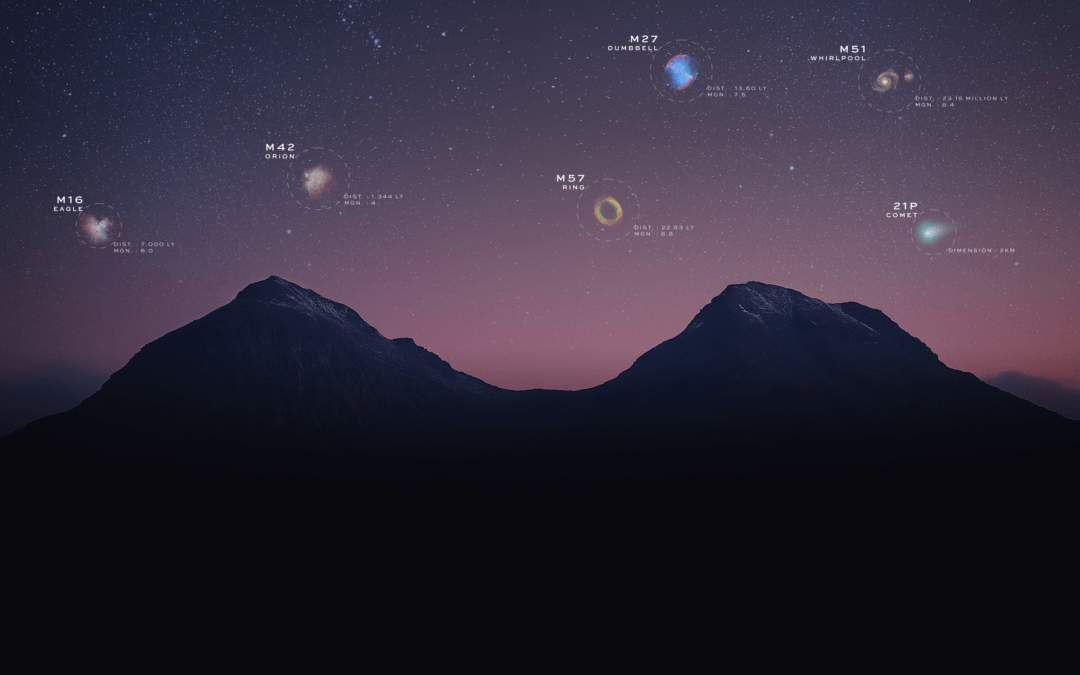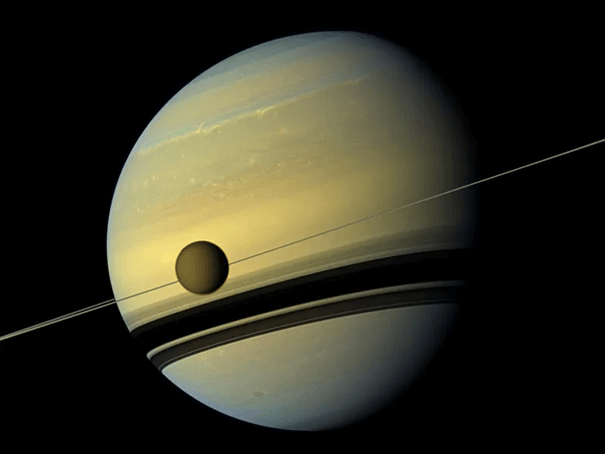When French astronomer Charles Messier began compiling a list of astronomical objects, more than 250 years ago, his initial goal was simply to differentiate night-sky objects that moved from those that didn’t. What Messier and other astronomers really wanted to find were comets.
But his list of some of the brightest objects in the night sky would eventually include dozens of galaxies, nebulae and star clusters — things Messier had little conception of at the time. Today, amateur astronomers the world over still seek out the 110 Messier objects. For a real challenge, some attempt to find as many objects as possible in one night with a so-called Messier Marathon.
To celebrate the September 12 anniversary of when Charles Messier first began his catalog in 1758, we’ve compiled a Mini Messier Marathon for you!
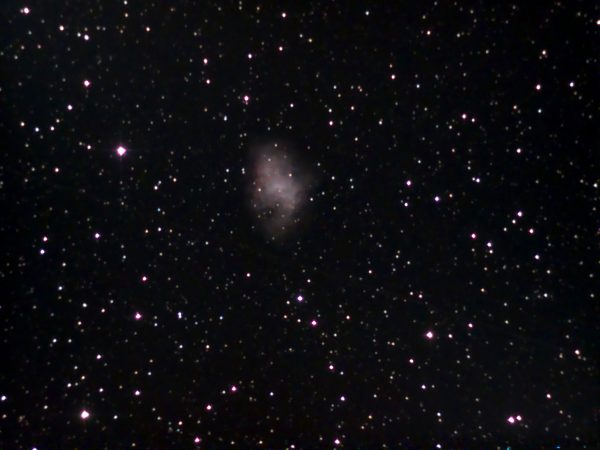
Image captured by Unistellar eVscope user Scott Kardel (USA)
Crab Nebula
The nebula that started it all, Messier 1 (M1), is a supernova remnant in the constellation Taurus. Messier wasn’t the first to record the object though, M1 likely corresponds to a supernova that Chinese astronomers noted in 1054 A.D.

Image captured by Unistellar eVscope user Jacques Bérard (Canada)
Triangulum Galaxy
The third-largest of the Local Group of galaxies that includes the Milky Way, the Triangulum galaxy sits some 2.7 million light-years from Earth. Messier 33 (M33) is a small spiral galaxy that’s just visible with the naked eye.
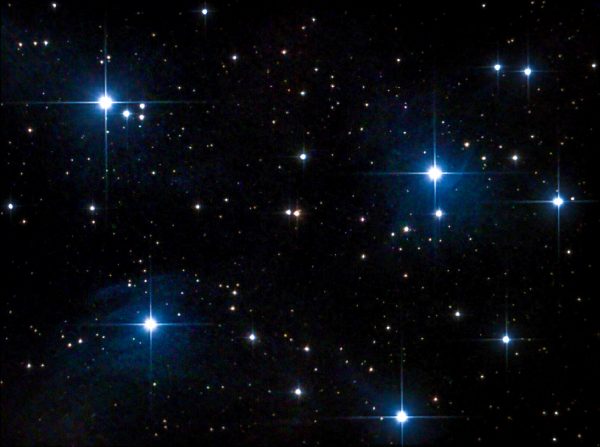
Two images of the Pleiades stitched together by Unistellar eVscope user David Rowe (United Kingdom)
Pleiades
M45, also called the Seven Sisters, is an open star cluster found in the constellation Taurus. It’s made mostly of hot, blue stars, and is one of the closest star clusters to Earth.
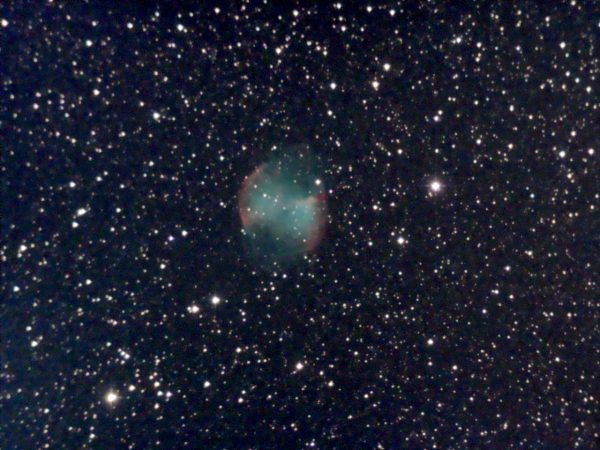
Image captured by Unistellar eVscope user Gerd Waloszek (Germany)
Dumbbell Nebula
The Dumbbell Nebula (M27) was the first planetary nebula to be discovered, by Messier in 1764. Like other planetary nebulae, this apple core-shaped nebula formed from a dying star as it ejected its outer layers.
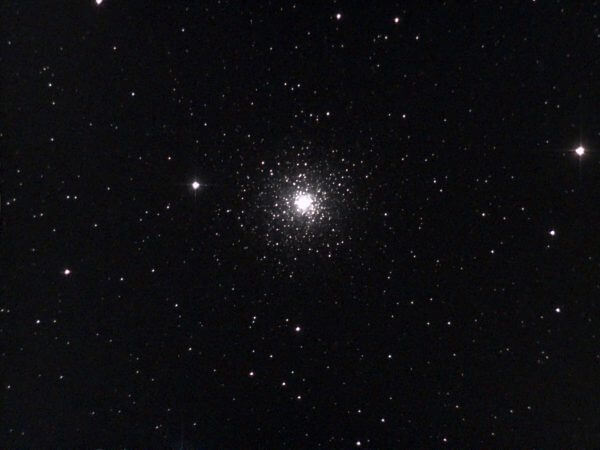
Image captured by Unistellar eVscope user Scott Kardel (USA)
Pegasus Globular Cluster
M15 is a dense globular cluster containing more than 100,000 stars packed tightly together. It’s thought to have undergone what’s known as “core collapse,” when the central stars are drawn even closer to one another.
We encourage you to share your observations and join the conversation through our Facebook, Instagram and Twitter pages using the hashtag #UnistellarChallenge!
If you’d like to send us your observations by email, send them to [email protected].
Clear skies! 🔭
Further readings
3 Reasons to observe this month
Every month, discover three unmissable celestial events to observe with your Unistellar telescope.
Two spooky appearances in the sky for Halloween
Every month, discover three unmissable celestial events to observe with your Unistellar telescope.
3 Reasons to observe this month Halloween Edition
Every month, discover three unmissable celestial events to observe with your Unistellar telescope.
Titan’s shadows
This summer, the ringed planet Saturn takes centre stage in our night sky, offering amateur astronomers a rare opportunity to observe fascinating transient events.
Observing Eclipses on Jupiter: Cosmic Spectacles Through a Telescope
The latest Unistellar App Update, version V3.0, is now live. Explore a smooth stargazing experience !
Unistellar Community Included In Multiple Scientific Papers
Did you know Unistellar Citizen Astronomers are often cited in published scientific papers? Find out how you can contribute too!

